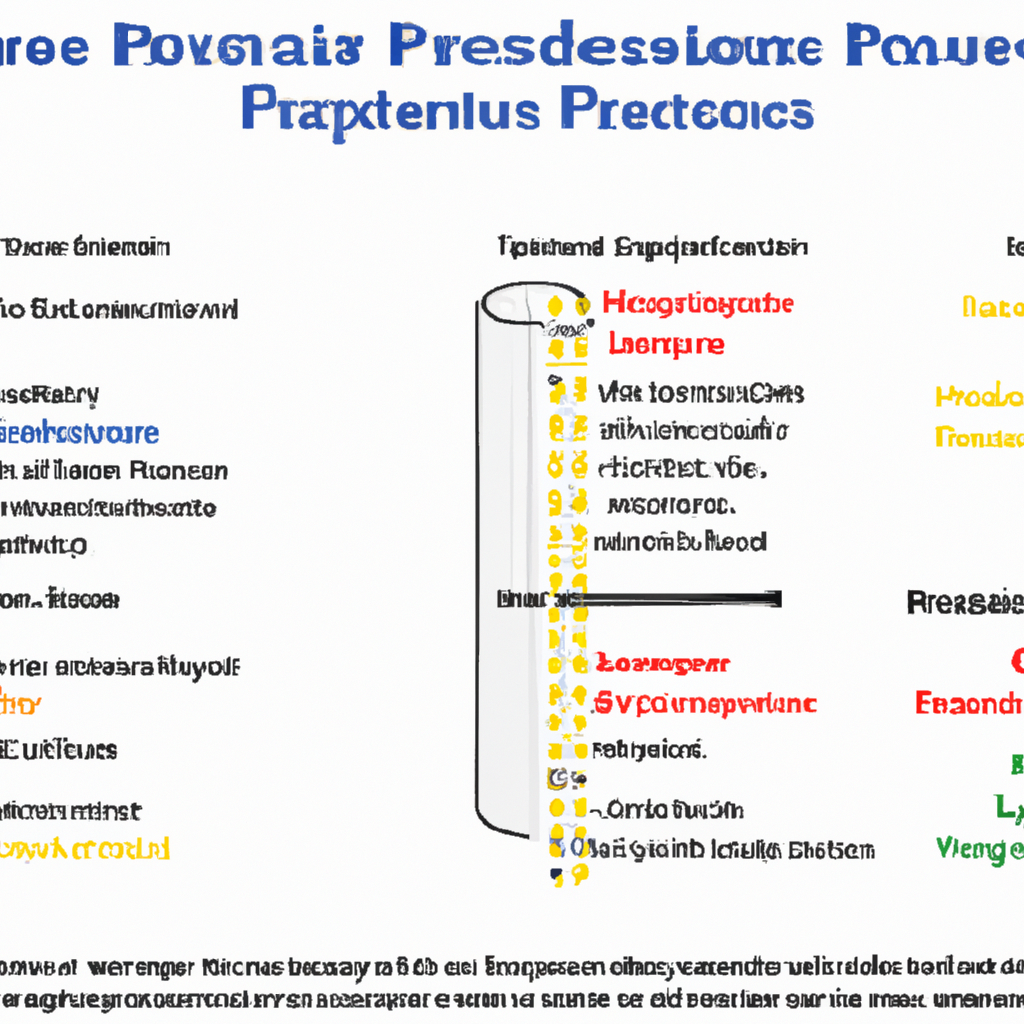
Online Course on Advanced Understanding of Pipe Stress Analysis Fundamentals

Anindya Bhattacharya
Asset Engineer
$ 150
2 already enrolled!
Advanced course for professionals

Online Course on Advanced Understanding of Pipe Stress Analysis Fundamentals
Trainers feedback
5
(1 reviews)
Anindya Bhattacharya
Asset Engineer
Course type
Instructor led live training
Course duration
4.5 Hrs
Course start date & time
July 5, 2026 | 08:01 AM
Language
English
This course format is where trainer will explain you the subject via online live session. This course will run as per specific date and time.
Why enroll
1. How theoretical solid mechanics is related to stress analysis requirements of B31 codes.
2. Understanding of how a Pipe stress Program operates.
3. An insight into the newly introduced B31J.
4. Essential limitations of B31 codes and how to supplement them.
5. Understanding of technically challenging chapter on High pressure piping of ASME B31.3
6. Understanding of the technical requirements of stress analysis of piping systems as per ASME SEC III.
7. Bridging the gap between theoretical knowledge and code requirements.
8. University students who want to take up career in pipe stress engineering.
9. Experienced Pipe stress engineers who want to understand the background of code rules and requirements.
10. Piping engineers who want to develop skills in pipe stress analysis.
11. Piping department managers.
12. Anyone who is interested in pipe stress engineering.
Course details
This course will cover basic and advanced topics from Solid Mechanics required to provide a robust understanding of the background theory behind technical requirements of Piping and Pressure Vessel codes and standards. A refresher course on core and advanced topics of Solid mechanics required to understand technical background of Piping and Pressure Vessel codes and standards.
Course suitable for
Oil & Gas Chemical & Pharmaceutical Mechanics & Turbomachinery Civil & Structural Mechanical Piping & Layout
Key topics covered
1. A review of solid mechanics- Beam Theory, failure theories, stiffness method of structural analysis, behaviour of pipe bends, basics of plate and shell theory.
2. Solid mechanics as applied to B31 codes.
3. Working of pipe stress computer programmes.
4. An in-depth analysis of Chapter II and Chapter IX of B31.3 – all essential theoretical background.
5. What is B31J.
6. An in-depth discussion on Stress Intensification and Flexibility factors.
7. High Pressure piping- Theoretical background of code requirements. Example problems.
8. Advanced topics like Fatigue analysis, Creep analysis, Non linearities like Geometrical, Material and Contact.
9. Fundamentals of Design by analysis approach of ASME Boiler and Pressure vessel code Sec VIII Division 2.
10. Stress analysis requirements and their theoretical background for ASME SEC III Subsections, NB, NC and ND.
11. Fundamentals of Dynamic analysis- Limitations of commercial pipe stress programmes with respect to dynamic analysis. Modal analysis, Force and Seismic Response spectrum analysis, Time History analysis.
Training details
This is a live course that has a scheduled start date.
Live session
July 05, 2026 | 08:01 AM
2.25 Hours every day
2 Days
Why people choose EveryEng
Industry-aligned courses, expert training, hands-on learning, recognized certifications, and job opportunities—all in a flexible and supportive environment.
- Industry Veteran
- Trainer Review
$ 150
July 5, 2026
Questions and Answers
A: Flexibility analysis primarily assesses the movement capability of the piping system – whether it can safely expand, contract, or move under varying loads without overstressing components or connections. In contrast, stress analysis quantifies the stresses within the pipe and its components under expected loading conditions to ensure they remain within allowable limits. Flexibility analysis often precedes detailed stress analysis and informs the design for accommodating anticipated movements.
A: Typical loads considered in pipe stress analysis include internal pressure, temperature-induced thermal expansion or contraction, weight of the pipe and contents, external loads such as wind, seismic activities, and imposed loads like vessel movements or equipment loads. Each of these loads contributes differently to the stress state in pipes. Accurately accounting for these loads ensures safe and efficient pipe design and operation.
A: Commonly used pipe stress analysis software includes CAESAR II, AutoPIPE, and PASPIPE. These tools implement industry codes and allow efficient modeling of piping systems, load application, and results interpretation. They are highly reliable when used correctly by experienced engineers who ensure proper input data and understand the limitations of the models. To ensure accuracy, results should be validated with hand calculations or peer reviews where applicable. More information can be found on Hexagon's CAESAR II at https://hexagonppm.com/products/caesar-ii
A: Dynamic loads like seismic events or water hammer produce transient forces that can cause significant stress spikes in piping. These are accounted for by performing dynamic analysis methods such as time-history or response spectrum analysis, often using modal analysis and finite element models. Designers incorporate appropriate supports, restraints, and equipment anchoring to mitigate these effects. Industry guidelines such as ASCE 7 for seismic design and API 610 for water hammer provide methodologies and design criteria.
A: Pipe stress analysis involves evaluating the stresses and strains in piping systems to ensure their safety, reliability, and compliance with industry codes like ASME B31.3 or B31.1. It is crucial because it helps prevent pipe failures due to loads such as pressure, thermal expansion, weight, and external forces. Understanding these stresses allows engineers to design piping systems that can withstand operating conditions without excessive deformation or failure. For further reading, refer to the ASME B31.3 Process Piping Code: https://www.asme.org/codes-standards/find-codes-standards/b31-3-process-piping
A: Common failure modes include plastic deformation, fatigue cracking, brittle fracture, and stress corrosion cracking. Stress analysis helps identify areas where these failures might occur by highlighting regions with excessive stress or cyclic loading. By analyzing these stresses, engineers can optimize pipe thickness, select appropriate materials, and design supports or expansion devices to mitigate these risks, thereby enhancing safety and longevity of piping systems.
A: Certainly! Some authoritative resources include: 'Piping Handbook' by Mohinder Nayyar, 'Piping and Pipeline Calculations Manual' by Philip Ellenberger, and 'ASME B31 Piping Codes' for standards and requirements. Additionally, attending workshops or certifications by organizations like PV Elite or CAESAR II training can enhance practical understanding. Online platforms such as ASME's website (https://www.asme.org) and engineering forums provide technical papers and discussions valuable for advanced learning.
A: Thermal expansion causes pipes to elongate or contract as temperature changes, generating thermal stresses if the movement is restrained. These stresses can lead to fatigue or failure if not properly managed. To accommodate thermal expansion, designers use expansion loops, bends, bellows, and guides to allow controlled movement and reduce stress. Additionally, choosing proper support spacing and using anchors can help direct the expansion safely. Detailed techniques are described in 'Piping and Pipeline Calculations Manual' by Philip Ellenberger.
A: Material properties such as Young’s modulus, yield strength, thermal expansion coefficient, and Poisson’s ratio directly affect stress and deformation responses under loads. Materials with higher strength can withstand larger stresses, while the thermal expansion coefficient determines how much the pipe will expand or contract with temperature changes. Accurate material data ensures precise stress calculations and safe design. Codes such as ASME provide material property tables essential for this purpose.
A: Supports and restraints control the piping system's movements and transfer loads to the structure. They help limit excessive displacement, reduce loads on equipment nozzles, and prevent fatigue or failure. Properly designed supports accommodate thermal expansion while restraining loads like weight, wind, or seismic forces. Stress analysis evaluates the reaction forces at supports to ensure they are within acceptable design limits and that the supports themselves are adequately designed.
More from Same Author
- Technical Courses
- Articles
4607
111
E-Learning
Unlimited access
E-Learning
Unlimited access
Pre-recorded videos
234
3
E-Learning
Unlimited access
E-Learning
Unlimited access
Pre-recorded videos
512
Online
Live courses
May 26
20 Hrs
Online
Live courses
Interacting with trainer
Earning and Growth option in same Industry Domain
- Pre-recorded
- Online live session
- Offline
- Articles
864
1
E-Learning
Unlimited access
E-Learning
Unlimited access
Pre-recorded videos
3827
218
E-Learning
Unlimited access
E-Learning
Unlimited access
Pre-recorded videos
4506
48
E-Learning
Unlimited access
E-Learning
Unlimited access
Pre-recorded videos
More Training & Development option to expand your reach
- Technical courses
- Soft-skills courses
- Seminars
- Articles & Blogs
757
2
Online
Live courses
November 16
30 Hrs
Advanced
Online
Live courses
Interacting with trainer
166
Online
Live courses
December 27
30 Hrs
Advanced
Online
Live courses
Interacting with trainer
409
Online
Live courses
January 24
45 Hrs
Advanced
Online
Live courses
Interacting with trainer























